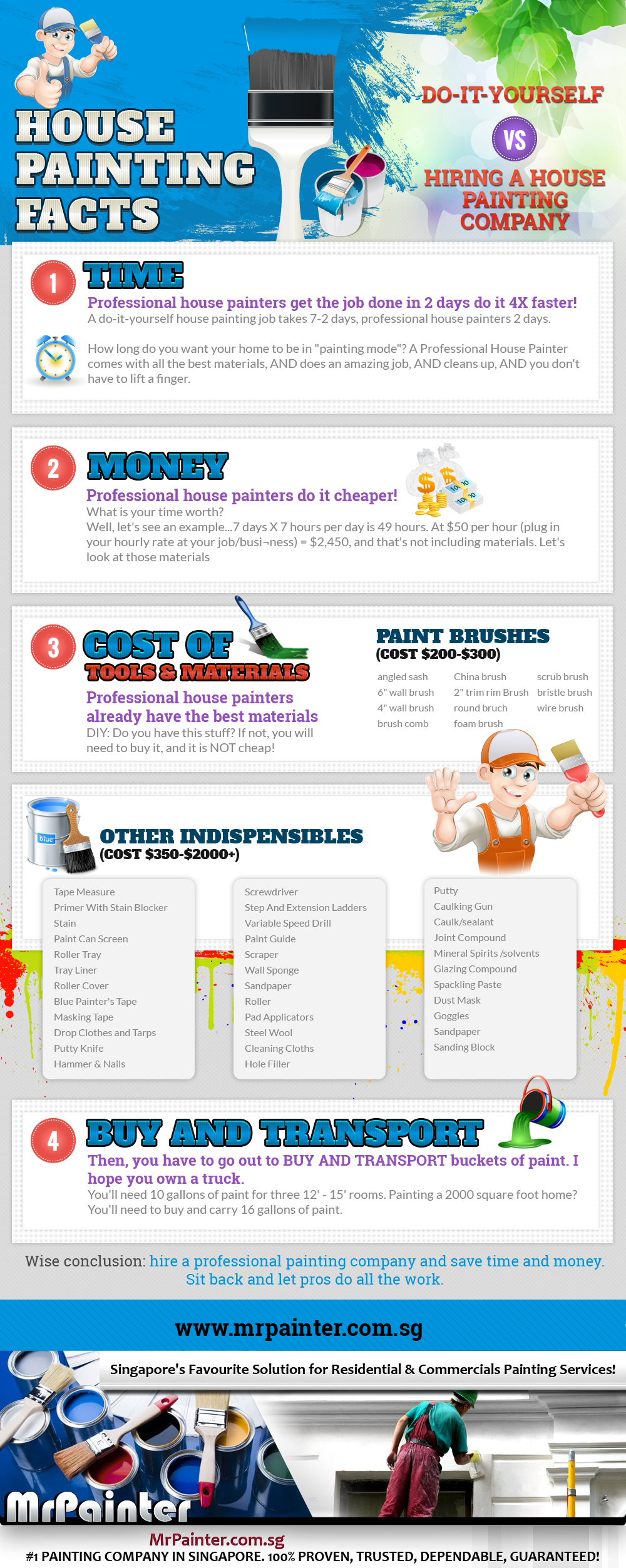Understanding Seasonal Influences On Commercial Outside Painting: Crucial Understanding For Success
Understanding Seasonal Influences On Commercial Outside Painting: Crucial Understanding For Success
Blog Article
Material Author-Aguilar Decker
When you're preparing a commercial external paint project, seasonal aspects can make or break your results. You'll want to take into consideration exactly how temperature level and humidity effect paint application and drying times. Picking the right season can ensure your paint adheres properly and lasts longer. However which seasons are truly the most effective for this sort of job? Let's explore the key elements that can influence your job's success.
The Influence of Temperature on Paint Application
When you're preparing a commercial outside painting task, the temperature level can substantially influence exactly how well the paint adheres and dries.
Preferably, you wish to repaint when temperature levels range in between 50 ° F and 85 ° F. If it's as well chilly, the paint might not treat appropriately, causing problems like peeling off or splitting.
On the other side, if it's as well hot, the paint can dry out also rapidly, stopping proper attachment and causing an uneven surface.
You should also think about the time of day; early morning or late afternoon offers cooler temperature levels, which can be extra positive.
Always inspect the supplier's recommendations for the particular paint you're utilizing, as they commonly give guidance on the excellent temperature variety for optimal outcomes.
Humidity and Its Result on Drying Times
Temperature isn't the only environmental variable that affects your business outside painting task; humidity plays a considerable duty as well. High moisture degrees can decrease drying out times significantly, influencing the total high quality of your paint task.
When the air is filled with dampness, the paint takes longer to heal, which can lead to problems like poor attachment and a higher risk of mold growth. If you're repainting on a specifically damp day, be prepared for extended delay times in between layers.
It's essential to keep an eye on regional climate condition and strategy accordingly. Preferably, aim for moisture degrees between 40% and 70% for optimal drying.
Keeping these consider mind guarantees your project stays on track and delivers a lasting finish.
Best Seasons for Commercial Outside Painting Projects
What's the best time of year for your industrial external painting projects?
Springtime and very early loss are usually your best choices. During these seasons, temperature levels are mild, and moisture degrees are usually lower, developing optimal problems for paint application and drying.
Prevent summer's intense heat, which can cause paint to dry also promptly, causing poor bond and surface. Similarly, winter months's cold temperatures can impede correct drying and treating, risking the durability of your paint task.
Go for days with temperature levels in between 50 ° F and 85 ° F for ideal results. Bear in mind to inspect the local weather report for rainfall, as damp conditions can destroy your project.
Read More Here around these elements ensures your paint project runs smoothly and lasts much longer.
Final thought
In conclusion, preparing your business exterior painting tasks around seasonal factors to consider can make a significant distinction in the end result. By organizing work throughout the optimal temperature levels and moisture levels, you'll ensure better attachment and drying out times. Bear in mind to watch on regional weather forecasts and select the right time of year-- springtime and early loss are your best choices. Taking these actions will certainly help you accomplish a long lasting and professional coating that lasts.
